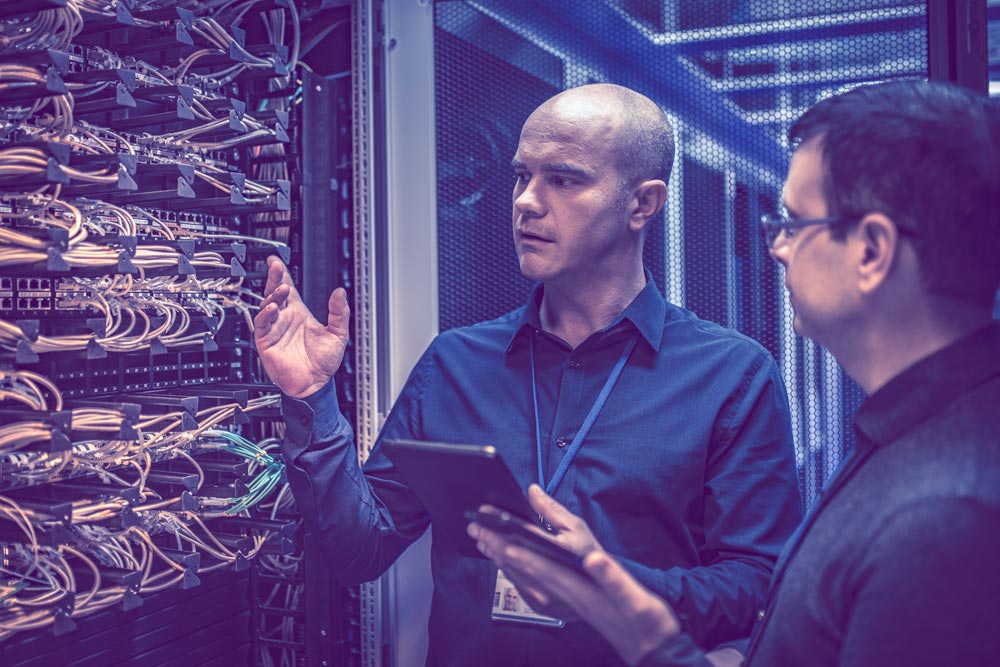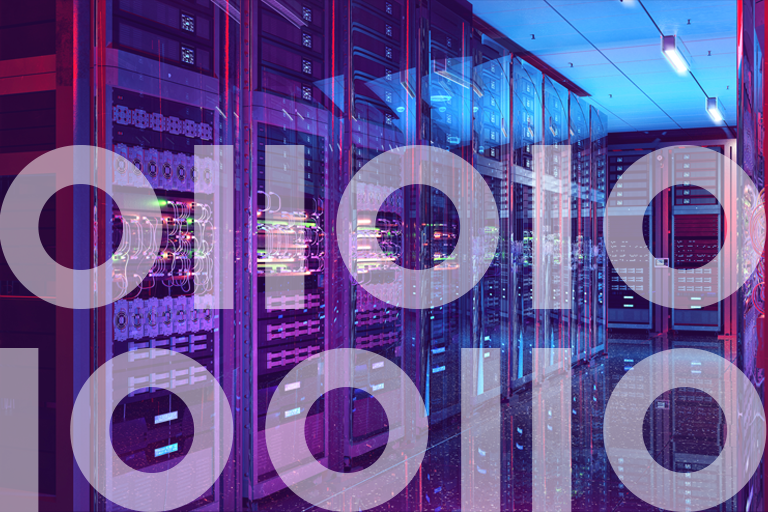Mainframe and midrange servers are probably among the least understood systems among today’s IT professionals. in IT, due in part to the fact that many people just lump them into a single category, unclear about the distinctions between them.
Unless you work with mainframes or midrange servers specifically, you probably think of them as old-school systems with very different technical specifications, administration, and software. You know they’re different from commodity, x86-based servers, and PCs, but you don’t know what really defines a midrange server or a mainframe or what distinguishes them from one another.
This article explains what mainframes and midrange servers are and offers some examples of each type of system.
What is a mainframe?
A mainframe is a large (though not necessarily as large as you think) server designed for processing and storing massive amounts of data. Mainframes originated in the 1950s and have been an important part of the computing landscape ever since.
IBM is the leading manufacturer of mainframe systems with their line of IBM Z systems. These IBM mainframes run either z/OS, the native mainframe operating system, or a version of Linux designed specifically for mainframes. The most common mainframe databases are DB2, IMS, IDMS, and Adabas.
Despite their heavy-duty processing power, mainframes are not the same thing as supercomputers. While there’s no clear definition of the latter category, supercomputers tend to be designed and built primarily for research purposes. They far exceed the power of mainframe systems.
Despite common misconceptions about the decline of mainframes, they continue to see widespread use across a range of industries. In fact, 90% of the world’s credit card transactions are processed by mainframe systems, and these IT workhorses account for 68% of production workloads globally.
Read our whitepaper
Getting the Most Out of Your Mainframe
See how to offload, accelerate and lower cost of your mainframe to maximize its value
What is a midrange server?
In contrast, a midrange server is a server whose processing power falls somewhere between that of a mainframe and that of a standard x86 commodity server. We commonly hear people erroneously refer to these as mainframes. There are distinct differences, which we’ll address below.
Midrange servers were originally designed for small and medium-sized businesses. These organizations didn’t need the massive computing power of a mainframe but required more computing power than typical commodity servers. (For the first couple decades of their history, there was no such thing as a commodity server; x86 servers only came into widespread use starting in the late 1980s.)
IBM created the first midrange server operating system in 1969, System/3. This system gave rise to the concept of midrange servers, and several new midrange operating systems followed.
In 1988, IBM released its AS/400 server line, accompanied by the OS/400 operating system. By the early 2000s, IBM had rebranded its midrange servers under the name System i and the corresponding operating system IBM i. DB2 is the most common database of choice for these midrange servers.
You might hear IBM i (or iSeries, a closely related term) used today to refer to midrange server operating systems. In fact, many people still refer to these systems under the older AS/400 name. Technically, however, since 2008, IBM’s nomenclature for midrange servers has been Power Systems, so that’s the most appropriate term to use today. Power Systems can run other operation systems including IBM AIX (a popular UNIX variant) and Linux
No matter what you call them, midrange servers continue to cater to smaller organizations that need significant computing power and availability but don’t want to move their workloads to commodity servers because of cost, performance, or security concerns.
Midrange servers vs. mainframes
Both midrange servers and mainframes offer higher availability and performance than commodity servers. mainframes the choice for companies looking for higher levels of computing power?
Here’s a basic rundown of the differences between mainframes and midrange systems:
- Mainframes handle much more data. According to IBM, IBM Z15 mainframes are designed to handle massive transaction volumes which can exceed several billion transactions per day. That’s a staggering amount of throughput and data processing power.
It’s hard to draw a direct comparison to commodity servers because the number of transactions that they can support will vary depending on exactly what’s in the server you’re talking about – plus, the types of transactions may be very different, so you can’t compare apples to apples.
However, if you assume that a typical database on a commodity server might be able to handle 300 transactions per second, that works out to around 26 million per day—a large number but far short of the billions of transactions that mainframe databases can support.
- Mainframes run unique software (sometimes). A key distinguishing feature of mainframes is that they are typically powered by mainframe-specific applications written in languages like COBOL. They also run their own operating systems, like z/OS.
You can’t simply move mainframe-native workloads to commodity servers.
However, you can move workloads from a commodity server to a mainframe. Most mainframes can run Linux and z/OS using virtualization.
Mainframes, therefore, give you the best of both worlds: access to a unique set of applications that you can’t run elsewhere, plus the ability to handle the workloads of commodity servers.
- Mainframes are larger: Your mainframe is bigger physically than a typical commodity server.
Unlike the mainframes of yesteryear, today’s machines aren’t necessarily huge. They are typically about the size of a refrigerator.
Nevertheless, you could fit about a dozen commodity servers in a server rack of the same size. Mainframes will probably always be larger than commodity servers simply because of their vast computing power and sturdy design. In fact, IBM famously subjects its mainframe computers to earthquake testing, simulating the stress of an 8.0 Richter scale quake.
- Mainframes support unique use cases. Mainframes stand apart because they lend themselves to scenarios that commodity servers can’t handle.
Mainframes are essential to a range of industries because they can support massive volumes of transactions, are highly reliable, and can handle diverse types of workloads.
These businesses may be using commodity servers and mainframes, but mainframes fill certain voids that other servers just can’t.
- Mainframes cost more. A single mainframe could cost you around $75,000 – far more than the two or three thousand dollars that you might pay for a good x86 server.
Of course, that does not mean that mainframes are more expensive in the long run. You’ll get a lot more computing power for your $75,000 mainframe than you will from a commodity server. When used properly, mainframes can deliver significant cost savings.
Despite these differences, mainframes and midrange servers both remain important resources for businesses around the world. As of 2020, 92 of the top 100 banks and all top 10 insurers worldwide were using IBM mainframes for their mission-critical workloads.
While the advent of the cloud and very inexpensive commodity servers has prompted some businesses to redeploy workloads to those environments, mainframes and midrange servers continue to offer unparalleled levels of availability and performance.
Read “Getting the Most Out of Your Mainframe” to learn how to offload, accelerate, and lower cost while leaving the primary CPU with more headroom for the organization’s core business applications.







